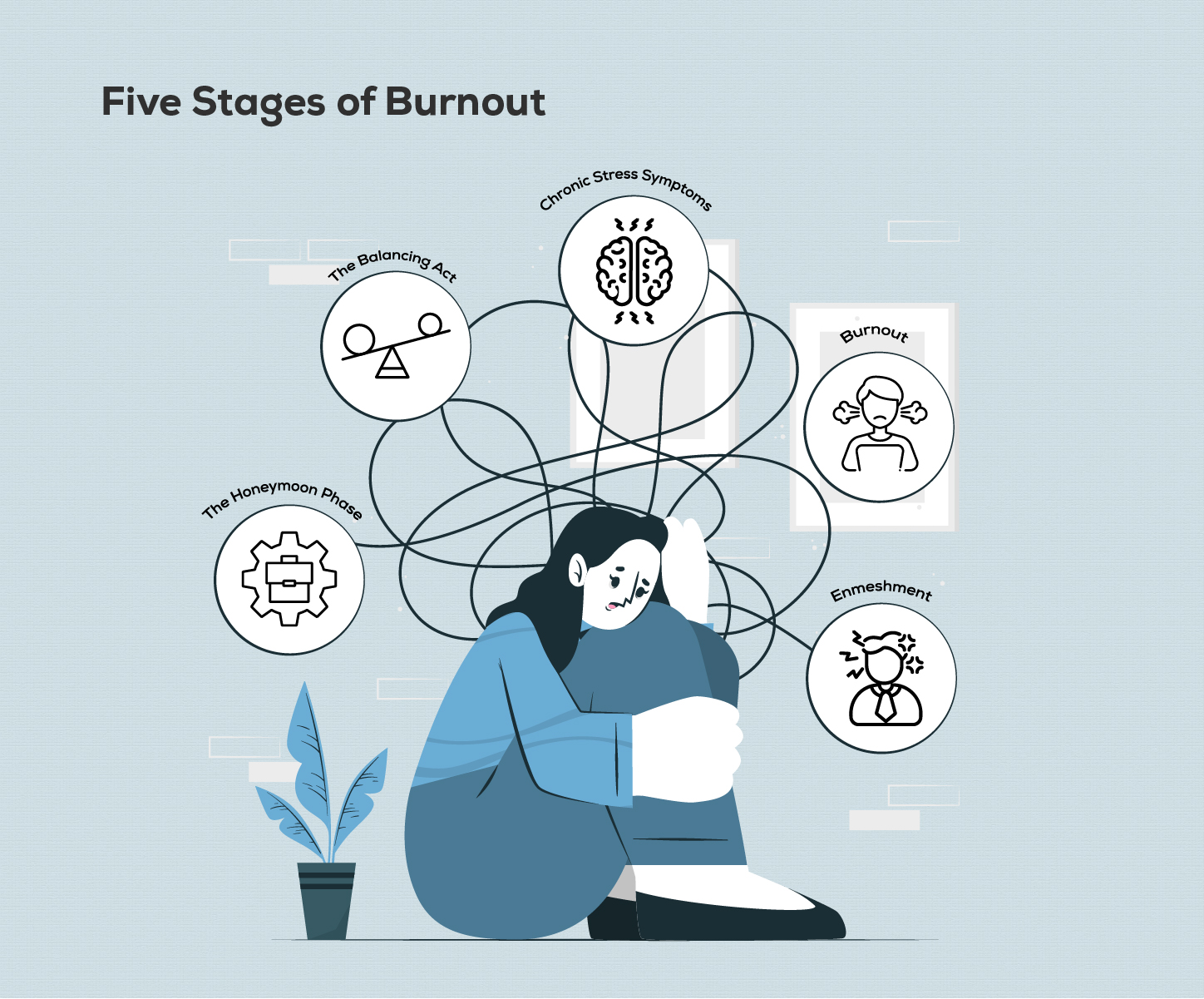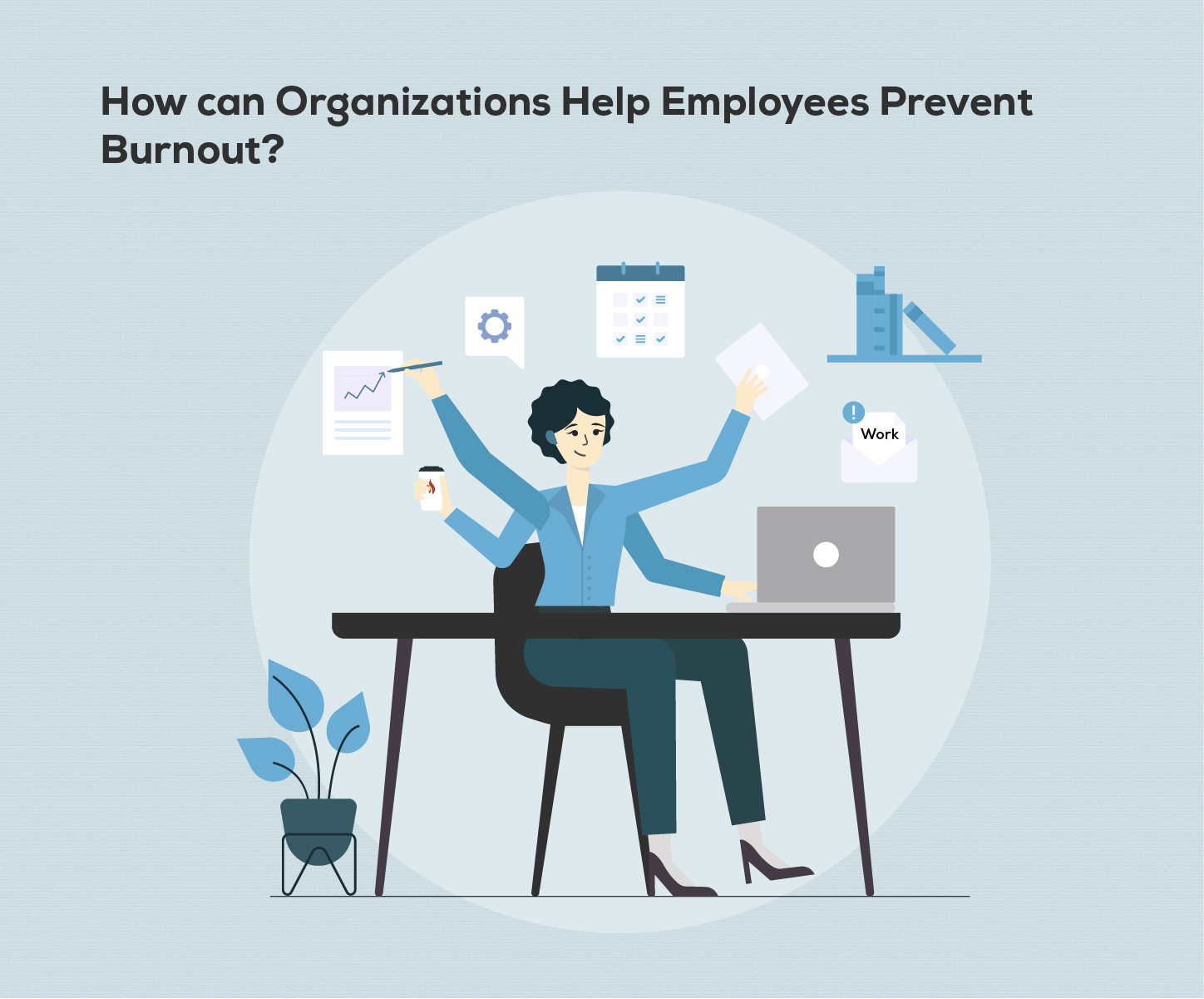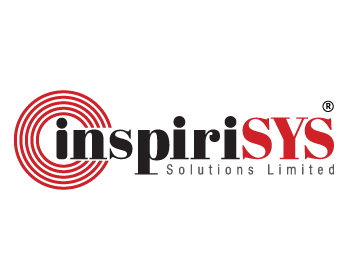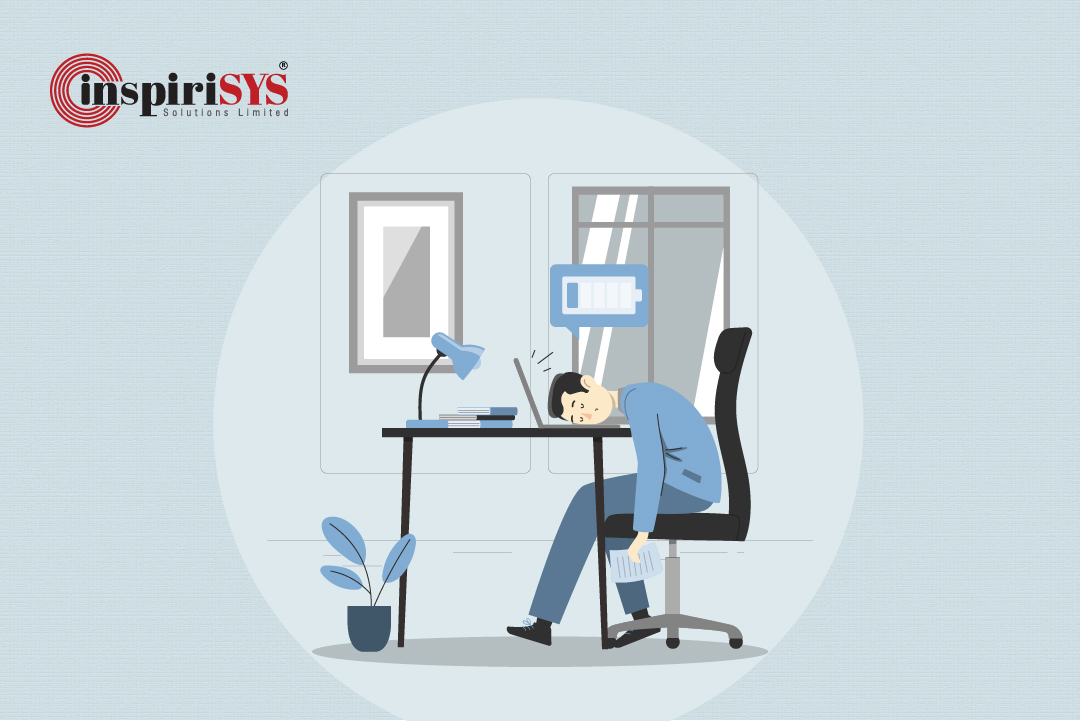Picture yourself on a roller coaster, speeding through twists and turns at dizzying speeds. The initial thrill gives way to a sense of exhilaration, but as the ride goes on, the constant ups and downs take their toll. Your stomach churns, your head spins, and all you can think about is how desperately you want it to stop.
This roller coaster is a fitting metaphor for the phenomenon of employee burnout-a persistent journey of highs and lows that can leave even the most resilient individuals feeling drained and defeated. At first, the rush of adrenaline fuels our passion and drive, propelling us forward in pursuit of our goals. But as the ride wears on, the constant stress and pressure begin to wear us down, sapping our energy and enthusiasm.
Just like on a roller coaster, burnout can be difficult to escape once we're caught in its grip. The relentless cycle of deadlines, expectations, and long hours can leave us feeling trapped, with no end in sight. But just as every roller coaster eventually comes to a stop, so too can the cycle of burnout be broken.
In this article we will learn how to identify the signs of burnout at workplace, understand the causes and look at remedial measures to prevent burnout among employees.
What is a Job Burnout?
At the workplace, burnout often manifests as a gradual decline in productivity and enthusiasm, accompanied by increased cynicism and disengagement. Burnout often presents as a recurring experience of "Monday blues," where employees dread the start of each workweek. They may find themselves lacking pleasure in tasks they once enjoyed, feeling disconnected from their work and colleagues. Additionally, burnout can evoke feelings of fear or anxiety about the future, as individuals grapple with the relentless demands of their roles and the uncertainty it brings.
Signs of Burnout
Let us understand the most common signs of burnout among employees.

-
Decreased Motivation: When employees start feeling unmotivated and disinterested in their work, it could be a sign of burnout. Tasks that once excited them may now seem burdensome, leading to a decline in overall engagement and enthusiasm.
-
Employee Absenteeism: Increased absenteeism, such as frequent sick days or unexplained absences, can indicate burnout. Employees may feel physically or emotionally drained, leading them to seek refuge from work through prolonged periods of absence.
-
Emotional Outburst: Burnout can cause heightened emotional responses, resulting in frequent outbursts or mood swings. Employees may become irritable, frustrated, or easily angered, even over minor issues, as they struggle to cope with mounting stress and pressure.
-
Low Productivity: A noticeable decrease in productivity levels can signal burnout among employees. Tasks that once were completed efficiently may now take longer to finish, or the quality of work may suffer due to lack of focus and motivation.
-
Excessive Mistakes: Burnout often leads to a decline in attention to detail and an increase in errors or oversights. Employees may make more mistakes than usual, whether in their work tasks, communication, or decision-making, as their cognitive abilities become impaired by stress and exhaustion.
-
Customer Dissatisfaction: As burnout affects job performance, it can also impact customer satisfaction. Employees who are experiencing burnout may struggle to provide the level of service or support expected from them, leading to customer complaints or dissatisfaction.
-
High Turnover: An increase in employee turnover rates can be a red flag for burnout within an organization. When employees feel overwhelmed and undervalued, they may seek opportunities elsewhere, resulting in a revolving door of staff and destabilizing the workforce.
Five Stages of Burnout
The stages showcase individual characteristics that deteriorate steadily as burnout escalates. It's essential to address each phase promptly, yet overcoming the later stages may prove more complex.

- The Honeymoon Phase - Over Optimism: Ever experienced that initial surge of excitement when starting a new job or taking on a new role? That surge of excitement is the ‘Honeymoon stage’. The honeymoon stage of employee burnout is akin to stepping into a world of endless possibilities, where enthusiasm knows no bounds. In this phase, fueled by ambition and optimism, individuals eagerly embrace challenges and willingly invest extra effort into their work. But behind this facade of boundless energy lies a potential trap, as the honeymoon phase can subtly mask the challenges and pressures ahead.
- The Balancing Act - Managing Daily Struggle: The 'Balancing Act' stage of employee burnout, is where the job may seem mundane, yet the demands continue to weigh on the individual. Some days are super exciting, others not so much. One might still manage to perform well, but it's taking a toll on their energy levels. Forgetfulness and sleep disturbances start creeping in as stress begins to take its toll. It's like walking a tightrope between keeping up appearances and feeling the strain beneath the surface.
- Chronic Stress Symptoms - Stress Breeds and LeadsThe 'Chronic Stress Symptoms' stage of employee burnout – where Monday anxiety becomes an unwelcome morning ritual, and coffee consumption skyrockets in a desperate bid to stay afloat. This isn't a typical stress; it's an ongoing struggle that makes one feel like they’re constantly juggling deadlines and responsibilities. Their body reacts with tension headaches, muscle cramps, and digestive issues, while sleep becomes elusive, filled with worries and endless tasks. It's a relentless storm that refuses to let up, leaving one feeling trapped in its midst.
- Burnout - Complete Breakdown: This is the point where exhaustion takes centre stage, and disillusionment sets in like a heavy fog. This isn't just about feeling stressed; it's a complete depletion of energy and motivation. Tasks feel insurmountable, leading to an overwhelming unwillingness to tackle responsibilities. Thoughts of quitting and the temptation to run away grow stronger. Burnout isn't just a feeling anymore – it's a harsh reality one is grappling with, making it challenging to find the strength to push through.
- Enmeshment - Burnout Becomes a Lifestyle: At this stage, burnout has woven itself into the fabric of one’s life, manifesting as a serious threat to both mental(interlink psychological safety blog) and physical well-being. The once-passionate pursuit of content creation now feels like a heavy burden, with the mere thought of escaping its grasp seeming utterly impossible. What's most concerning is that this state of exhaustion has persisted for so long that it's become the new normal, blurring the lines between what's healthy and what's not.
Causes of Burnout
- Workload: When employees confront persistent, excessive workloads or unrealistic expectations, it often paves the path to burnout. This occurs when the demands surpass an individual's capacity to cope, leaving them feeling overwhelmed, strained, and incapable of keeping pace. The resulting stress detrimentally impacts both their physical and mental well-being, fostering the conditions for burnout to take hold.
- Lack of Control: Feeling like one has a say in the type of work they do and how they do it is crucial. When one constantly finds themselves struggling to keep up with shifting expectations or feels unable to direct any part of their work, they are more susceptible to burnout. This lack of control extends to setting boundaries; many feel they can't say no to requests, further increasing the risk of burnout.
- Lack of Recognition: Lack of recognition for hard work can demoralize employees. Acknowledgement through awards, praise, and bonuses boosts morale significantly. In environments where such recognition is sparse, the risk of burnout escalates.
- Poor Leadership: Inadequate leadership can significantly contribute to employee burnout. When leadership fails to recognize achievements, offer support during difficulties, or create a sense of value and security, employees may feel unappreciated, unrecognized, and unfairly treated. This lack of effective leadership leaves employees feeling disempowered, insecure, and uncertain about their roles and responsibilities, heightening the risk of burnout within the organization.
- Inadequate Compensation: Inadequate pay can fuel employee burnout by fostering feelings of undervaluation, increasing financial stress, dampening motivation, and breeding perceptions of unfairness. When employees feel that their compensation does not match their contributions or meet their financial needs, it can lead to resentment, demotivation, and ultimately, burnout.
How Can Organisations Help Employees Prevent Burnout?
If your organization is grappling with employee burnout, urgent action is imperative. Implementing long-term strategies is crucial to effectively manage and prevent recurring instances of burnout. Let's explore some key approaches to alleviate employee burnout:

- Establish clear goals and set realistic expectations: Clearly defining objectives and ensuring they are attainable helps employees understand their responsibilities, reducing feelings of being overwhelmed.
- Promote work-life balance: Encourage employees to prioritize self-care and allocate time for personal activities outside of work to prevent exhaustion and burnout.
- Offer support and recognition: Providing regular feedback, acknowledging achievements, and offering support during challenging times fosters a sense of appreciation and validation among employees.
- Foster open communication and conduct one-on-one discussions: Creating an environment where employees feel comfortable expressing concerns and discussing issues allows for early identification and resolution of potential sources of stress.
- Implement early intervention measures and prioritize communication: Recognizing signs of burnout early on and addressing them proactively can prevent escalation and mitigate the impact on employee well-being.
- Value employee contributions and ensure appropriate remuneration: Recognize the importance of employee contributions by offering fair compensation and rewards that reflect their efforts and achievements.
- Offer wellness sessions: Resources such as wellness programs, mindfulness sessions, or stress management workshops can equip employees with coping strategies and promote overall well-being.
- Arrange team outings or picnics: Organizing occasional team outings or picnics provides employees with a refreshing break from work, fostering team bonding and relieving stress.
By cultivating a supportive environment for our employees, we empower them to excel within our organization. Our priority is to foster healthy engagement, ensuring that burnout is kept at bay. We prioritize the holistic well-being of our employees, sparing no effort to elevate their workplace experience.
Wrapping up
Burnout isn't just a workplace issue-it seeps into personal and home life, wreaking havoc in every aspect. If you've ever experienced burnout, you understand its serious and debilitating effects; it's not something to take lightly.
As employees serve as the backbone of any organization, employers must prioritize their well-being. Creating a workplace that fosters employee well-being isn't merely an option-it's a necessity for sustainable growth and success. Leaders must invest in cultivating a supportive environment that values and supports its employees, actively working to prevent burnout. By implementing effective measures and providing necessary support, leaders can create a positive workplace culture where employees thrive and contribute their best. This not only benefits individuals but also fuels the organization's overall success and resilience. Remember, taking action to address burnout is within your grasp—it's a journey toward reclaiming control over your life and well-being.



